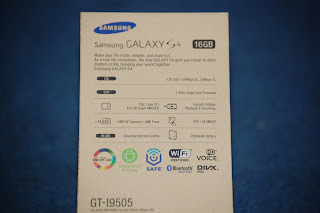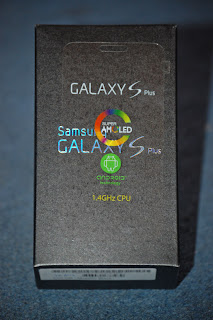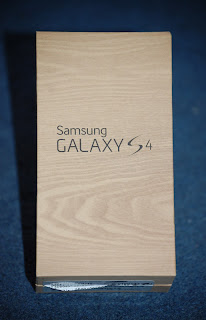| Aptana (Photo credit: Wikipedia) |
For open source, free IDE's there's one name which is almost synonymous with Java - Eclipse. Now I've mentioned Eclipse for Java numerous times. It comes in various flavours, namely for various environments for any one language, depending on industry or related application to different languages altogether.
Until now, I've been using Eclipse Java IDE for refreshing my Java knowledge on the quest to gain Oracle certification, learning Android Application development and a PHP variant to learn, surprise surprise - PHP/MySQL.
For JavaScript however, I felt like I was meandering at best even with a good book. True I could just use notepad and a browser but the wonders of IDE were not quite apparent till I started my quest to enter any-which way and with any sacrifice into the wonderful world of programming and the rewards it must ensue.
Yet I had still failed to find any. Luckily I managed to find viable resources which also provided browser based engines to write and test the code huzzah. I've mentioned them in my previous posts. One is CodeAcademy and Jqfundamentals.com. I've primarily been on Codeacademy and have made progress and have yet to use Jqfundamentals.
On CodeAcademy I've completed the Javascript route and yet feel somewhat green under the gills. I've started jQuery, but would love to continue with pure Javascript. Surely jqfundamentals would be ideal to round up any deficiencies in knowledge but I also found a great book - Head First HTML 5. It delves into Javascript quite nicely.
Now after all this preambling rambling, I will come to the point, which I've slightly traipsed around already - I'd prefer some decent IDE to learn HTML5/CSS/Javascript with.
The answer comes from the good people at Aptana, although I think they were bought up by Appcelerator. It's open source and used for web application development including HTML5, CSS3, Javascript, Ruby, Rails, PHP and Python*. Aptana Studio 3 comes as a standalone IDE or as a plugin for Eclipse. I didn't want to further complicate my Eclipse with yet another programming system so chose the standalone instead.
So go forth and be bountiful in your programmatic tresses.
*http://www.aptana.com/products/studio3





